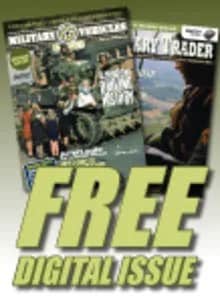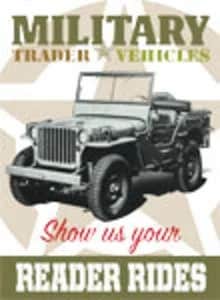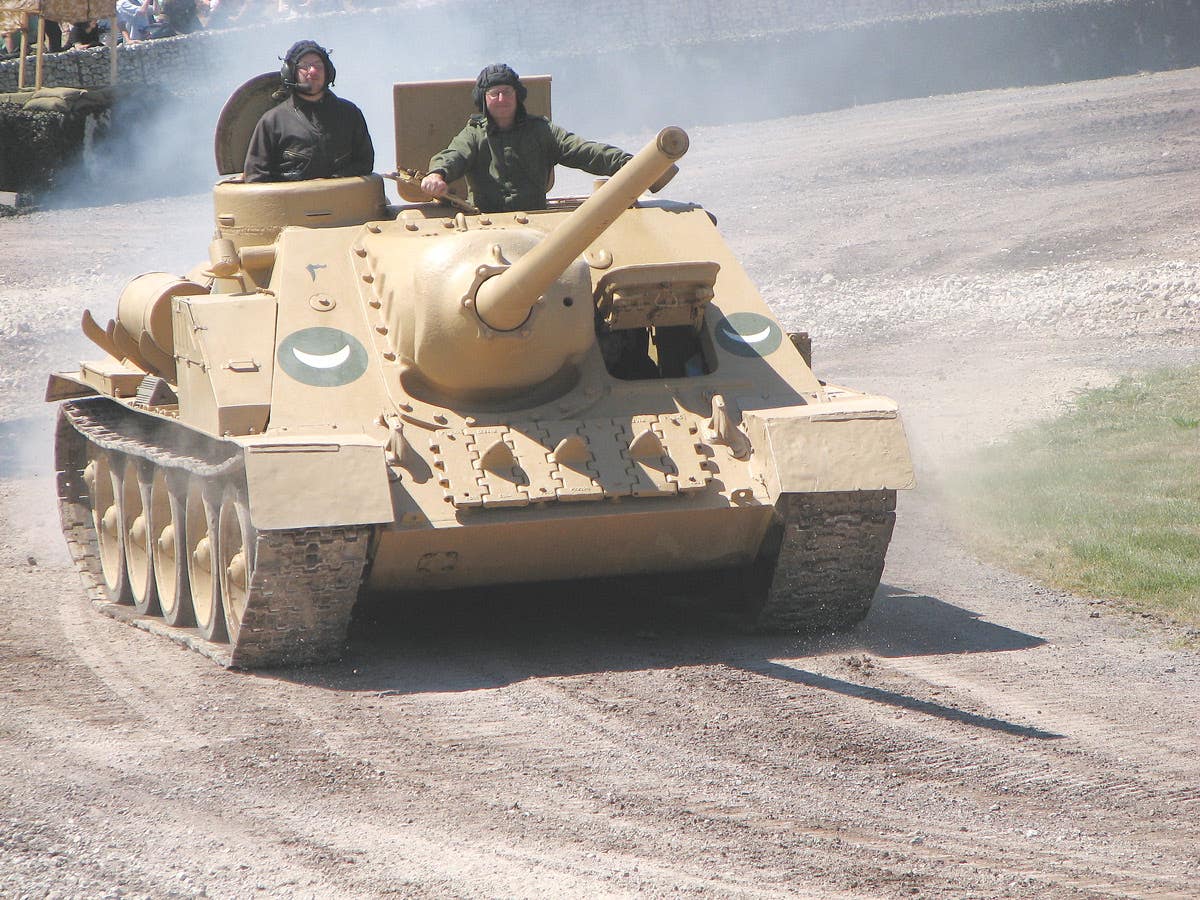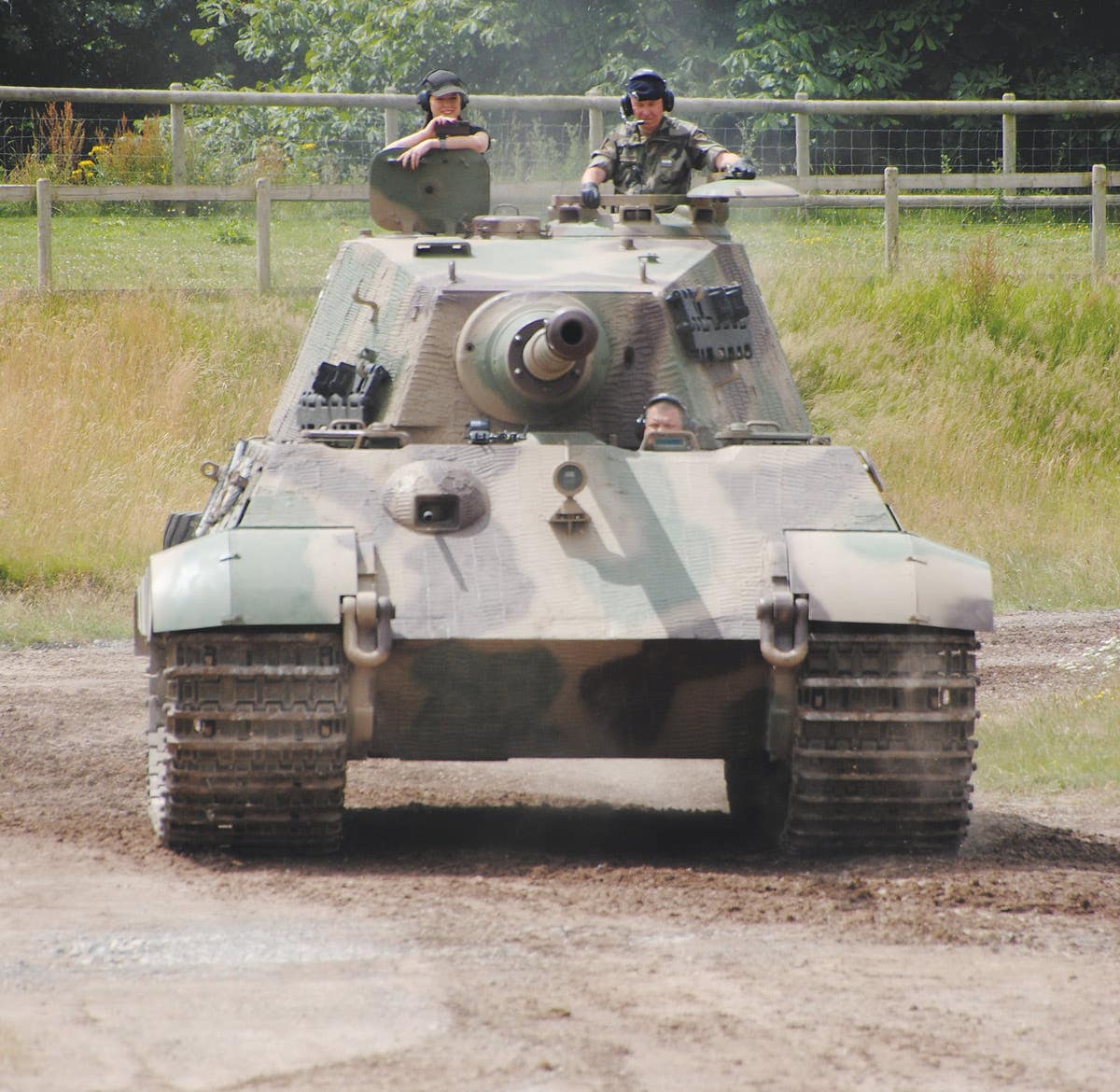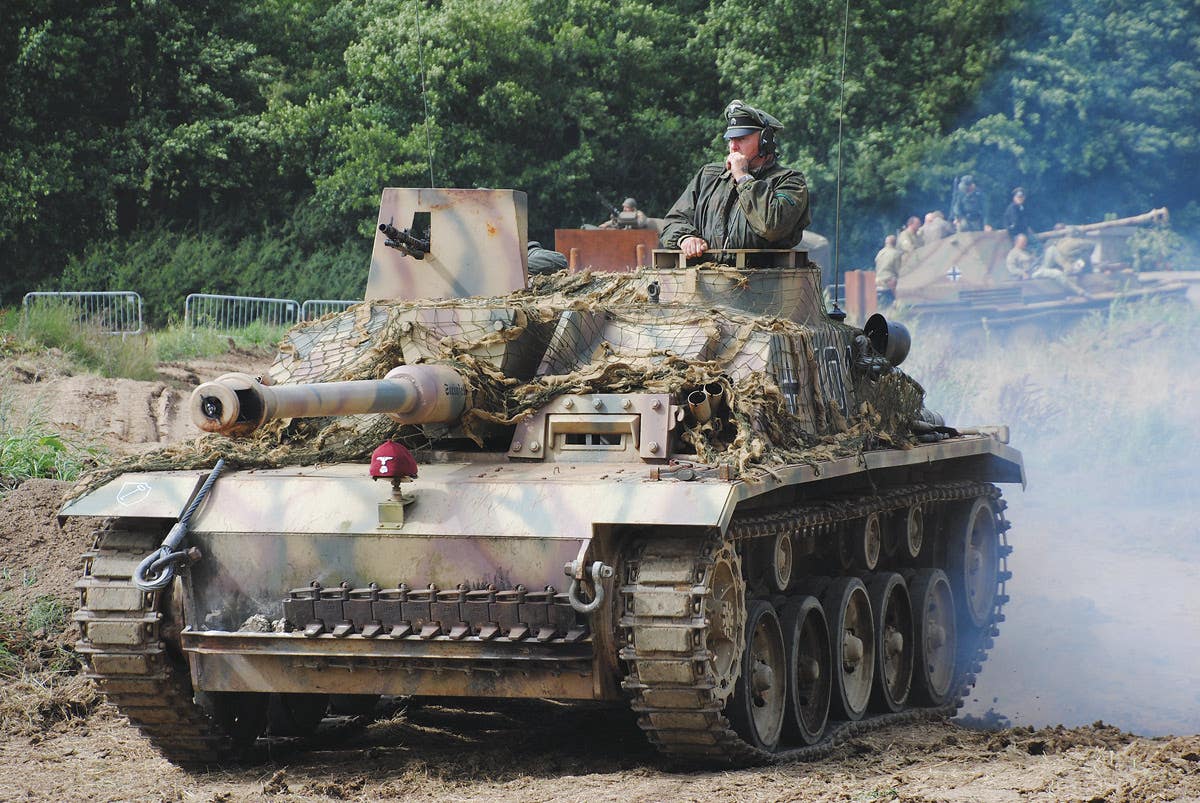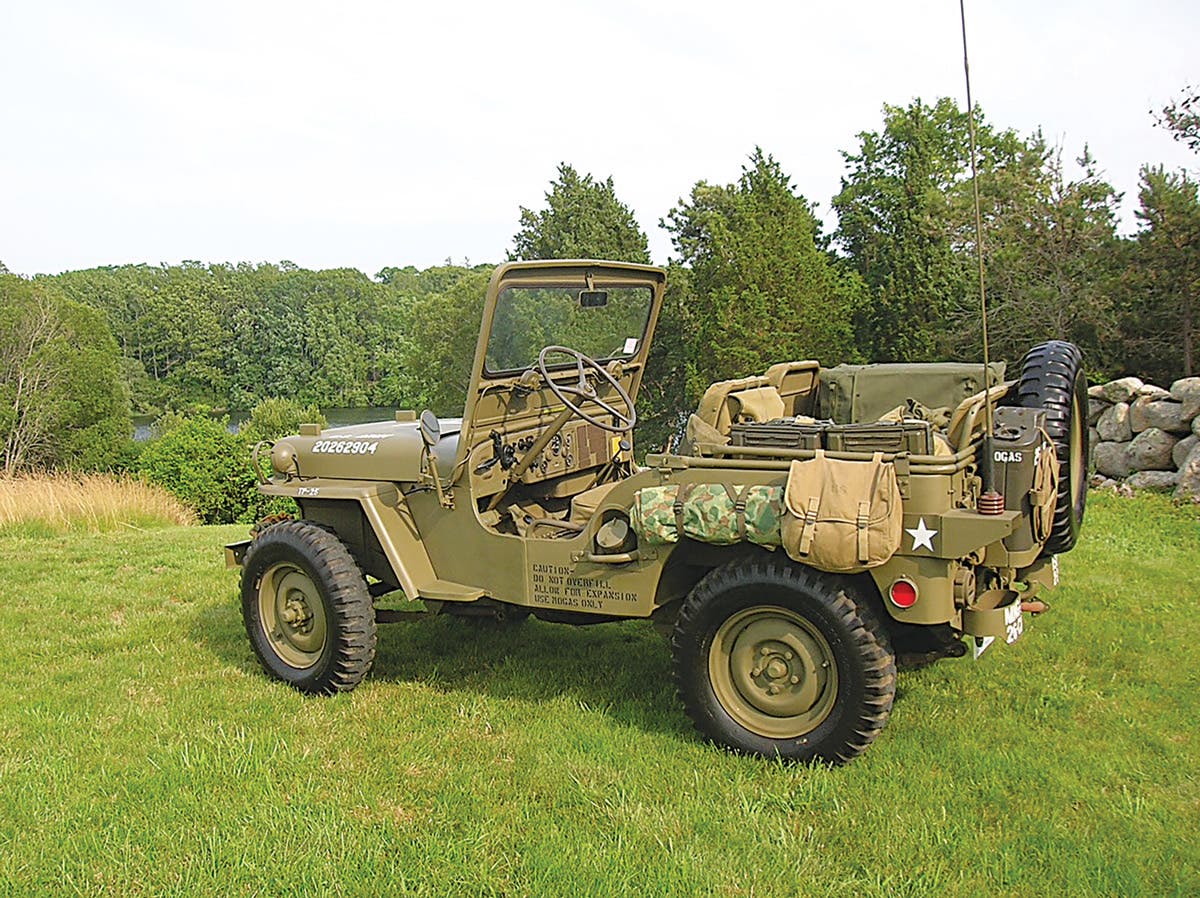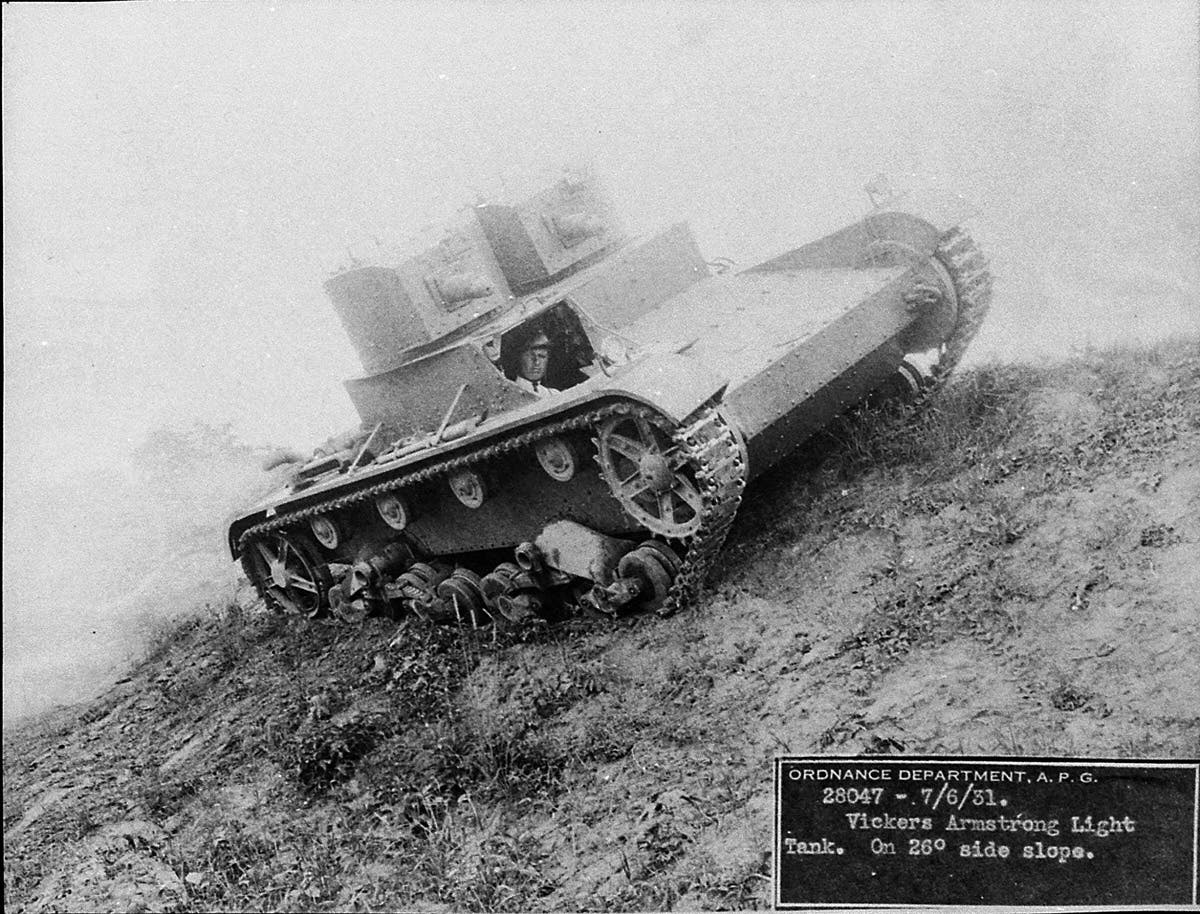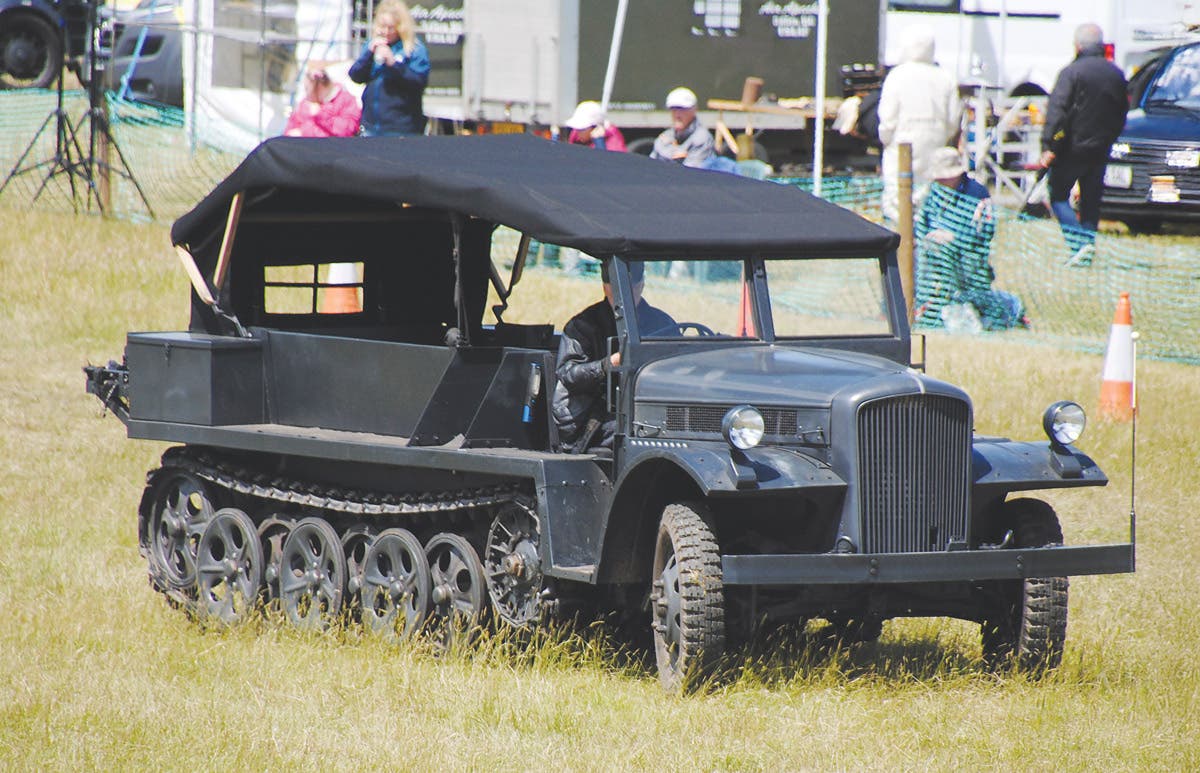Restoring a Rarity: A British Commer ‘Q2’ 30cwt truck rolls on
Commer supplied vehicles to the British armed forces through the 1920s and 1930s, including the “N” Series, which was introduced in 1935.
Vehicle enthusiasts often find themselves drawn to a specific type of vehicle or those types produced by a particular company. The opportunity to own an example of your favorite vehicle and renovate it is a gamble that sometimes just has to be taken.
When historic vehicle owner and military enthusiast Kevin Hann, a resident of the Somerset village of Meare, near Glastonbury in England, learned of a British-built Commer 30cwt “Q2” truck was up for sale on the Isle of Wight, just off the south coast of England, he eagerly acquired it as his next project.
I live in the same village as Hann and over the years we have come to know one another through our shared interest of militaria collecting and military history. That is how he came to tell me about his acquisition. During our infrequent meetings I would enquire about the progress he was making with his project and he would give me updates. It was during one of these talks that he told me how he brought it back to his workshop, located less than a mile from his house, where he was able to fully assess the work which lay ahead of him. Apparently, his purchase had been left outside for 10 years without any attention being paid to it, so it was in a “…pretty bad state”. That was back in 2020 and together with his father, Richard, the two men worked on it diligently in a father-son restoration enterprise.
In between stints working on it, Kevin conducted research in the background history of the vehicle and discovered it was believed to be was the last known example of a Commer 30cwt Q2 truck left in Britain. There are other examples in France and Belgium, but the vehicle is a rarity among MV owners in Britain. As work progressed, more tantalizing possibilities were revealed. Over the months the two men fitted a new body and new cab, had new front wings fabricated and replaced all the rear wooden paneling in the cargo space. They became used to unexpected shocks, such as bodywork filler. Another surprise came when they started to renovate the gearbox. After stripping it down they discovered that at some time previously the wrong starter ring had been fitted; a Commer “Q4” 3-ton truck had 146 teeth as opposed to only 115 teeth for the Q2.
After many hundreds of hours spent laboring away, Kevin and Richard were finally able to take the vehicle to its first show in 2023, a local event called WARAG some 11 miles away from the workshop, where it took part in a mobility display. It was displayed in its brown livery color, complete with a new canvas tilt fitted over the tubular framework to protect the rear cargo area.
The experience brought to their attention some points which still required work. These were relatively minor and were nothing which affected the overall performance of the vehicle. Since then Hann and his father have done further work on it and taken the vehicle to other shows where it has attracted lots of interest from other vehicle owners and enthusiasts alike. Having seen it in action myself, I have to say it is impressive.
The foot pedals, gear lever and hand brake and dials would have kept the driver busy. John Norris
A Commer history lesson
The company of Commer dates back to 1905, when it was part of Commercial Cars Ltd, which had a plant in Luton, Bedfordshire. There it produced commercial vehicles and passenger-carrying public transport vehicles. The company’s association with the British armed forces began in WWI, when it supplied some 3,000 4-ton trucks during the war. Although not a particularly large in number, they proved useful for military duties.
In 1926, the company was sold to Humber, becoming Commer Cars, while retaining its connection with the military. Commer continued to supply vehicles to the British armed forces through the 1920s and 1930s, including the “N” Series, which was introduced in 1935. This design enjoyed only a short production run before being halted in 1939, to be replaced by the “Q” Series in the same year.
The new design was a 4x2 with rear-wheel drive, based on the popular pre-war civilian “Superpoise” range, complete with an enclosed steel driver’s cab and wooden side-paneled rear cargo area with a drop tail gate. It was offered variously with the option of having either semi-forward or full-forward controls. The civilian version could be fitted with either a six-cylinder gasoline engine or a Perkins diesel engine. The military version was gasoline-powered and in service this would become the Q2 30cwt General Service truck, used in Europe and North Africa theaters of operations. The Q Series types included the lighter Q2 15cwt, used primarily by the Royal Air Force as tractors to move aircraft and equipment around airfields.
The RAF would also use the 30cwt Q2, which eventually replaced the 15cwt at the end of 1939. Commer would go on to supply almost 20,000 vehicles to the military by the end of the war. Because of the time frame involved a number of “Q2” 30 cwt vehicles were in service with the British Expeditionary Force when it was deployed to France following the outbreak of war in September 1939. Many of these trucks would later be among the thousands of vehicles abandoned by the British Army during the Dunkirk evacuation in 1940, only to later be salvaged and used by the German Army.
During a recent visit to see Hann at his workshop he explained that although the vehicle is in running order it is still a “work in progress”. He said he is still researching the tow bar and more about its wartime history. From the chassis number he already knows that it was first registered in 1942. As he and his father cleaned off the layers of paintwork, they exposed the different paint schemes applied the vehicle, including a sand-colored hue. This could indicate that it had possibly at some time served in North Africa, a point that is still being researched.
During the 1920s and 1930s, the British Army adopted a standard range of service colors which vehicles had to be painted to match the terrain and surroundings in which they were operating. Sometimes referred to as Standard Camouflage colors, the range included SCC 3; khaki green, SCC 15; olive drab and SCC 3; known as either service brown or drab. It was this color scheme that Hann adopted for his Q2.
A Sicily Survivor
Hann has discovered that his Q2 was returned to Britain from Italy some time in 1946, arriving through the port of
Liverpool. This would make it likely that it could have been used during “Operation Husky”, the invasion of Sicily in July 1943. When the Allies crossed the Messina Straits to begin landing in Italy Sept. 3, 1943, starting the long campaign in Italy that would drag on until the last weeks of the war, Hann’s vehicle would likely have been used to transport supplies forward or even carry troops.
After WWII, the vehicle was used as a pickup truck and was very nearly consigned to the scrap heap. Sometime in the 1980s the truck was rescued and restored, but not all of the work was completed to a high mechanical level. All of this had to be undone and corrected.
Hann does not believe the vehicle served in the Western European theater of operations from mid-1944 onwards and there are no signs on the bodywork to indicate it ever did. Hopefully more answers will be revealed with further research.
All the hard work over the past couple of years has elevated the status of Hann’s Q2 truck from being the only known example of its type left in the country to being the only operational example of its type. That makes it a true rarity in itself and quite an achievement by two dedicated vehicle restorers.
canvas tilts to protect the driver from the weather. John Norris
Like the 'Heavy Haulers?" Here are a few more articles for your reading enjoyment.
